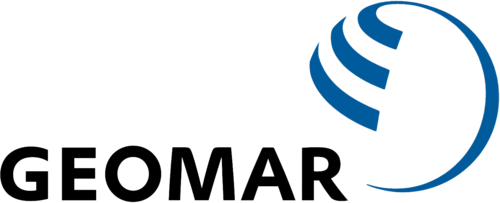At home in the ocean: GEOMAR offers a dynamic research environment for interdisciplinary and innovative ocean research.
HIDA connects data science talent with marine research: At GEOMAR, they can contribute to projects aimed at better understanding the complex processes of the ocean.
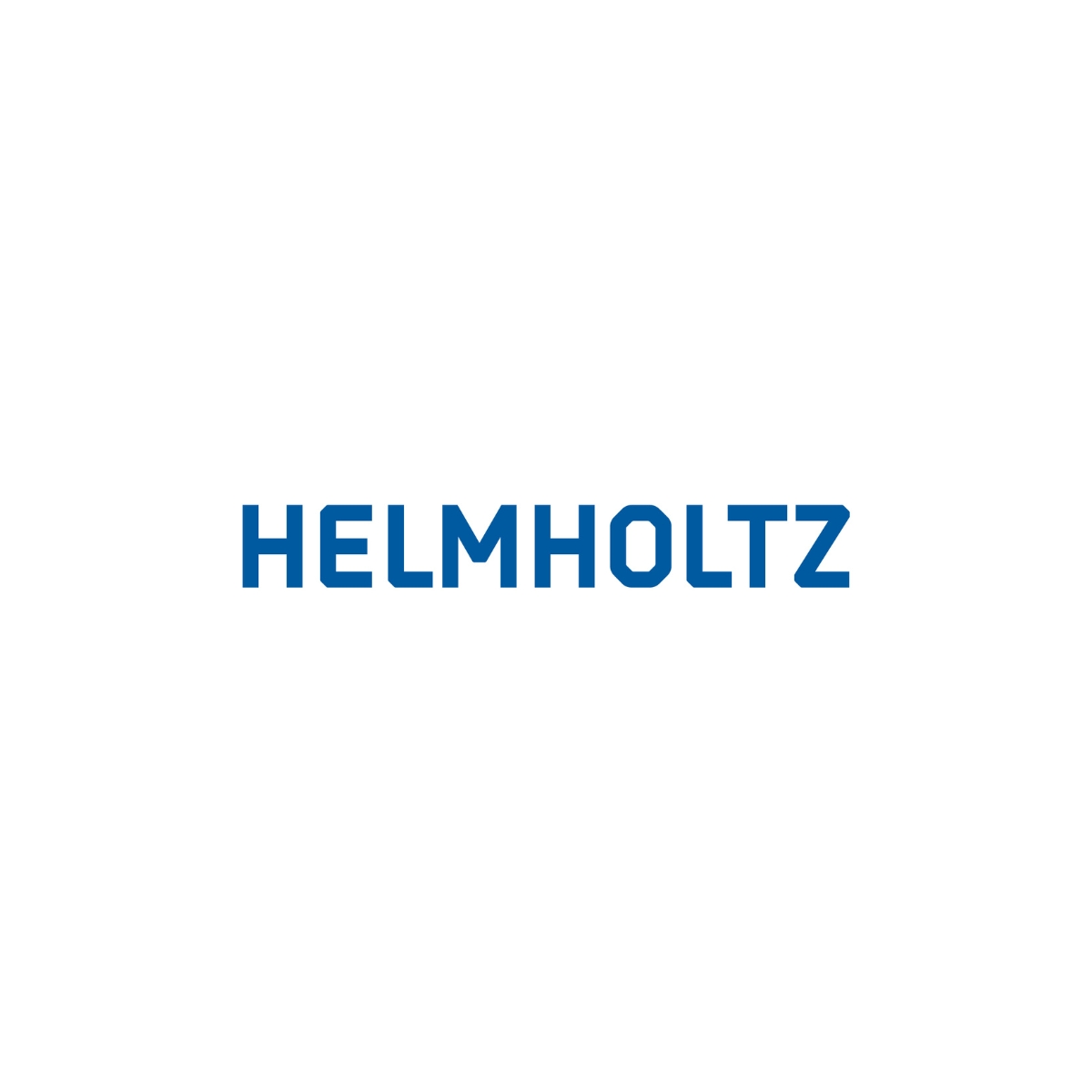
About the Helmholtz Association
The Helmholtz Association
The Helmholtz Association is Germany’s largest scientific organization. Our cross-cutting research programs connect the 18 Helmholtz research centers.
Each center has its own scientific focus areas and infrastructures. The research is thematically structured into six fields:
- Energy
- Earth & Enviroment
- Health
- Information
- Aeronautics, Space & Transport
- Matter
GEOMAR is one of the world’s leading institutes in marine research. Scientists at the center study chemical, physical, biological, and geological processes in the ocean and their interactions with the seafloor and atmosphere. GEOMAR provides a modern research infrastructure including specialized research vessels, submersibles, sailing drones, and underwater robots.
Research at GEOMAR spans the full spectrum of marine science — from investigating marine ecosystems and the effects of climate change, to applied research on sustainable fisheries and techniques to remove marine pollution. The goal is to understand oceanic processes, analyze their impact on the global climate, and develop sustainable solutions for ocean protection.
Research priorities:
- Ocean Circulation and Climate Dynamics
- Marine Biogeochemistry
- Marine Ecology
- Dynamics of the Ocean Floor
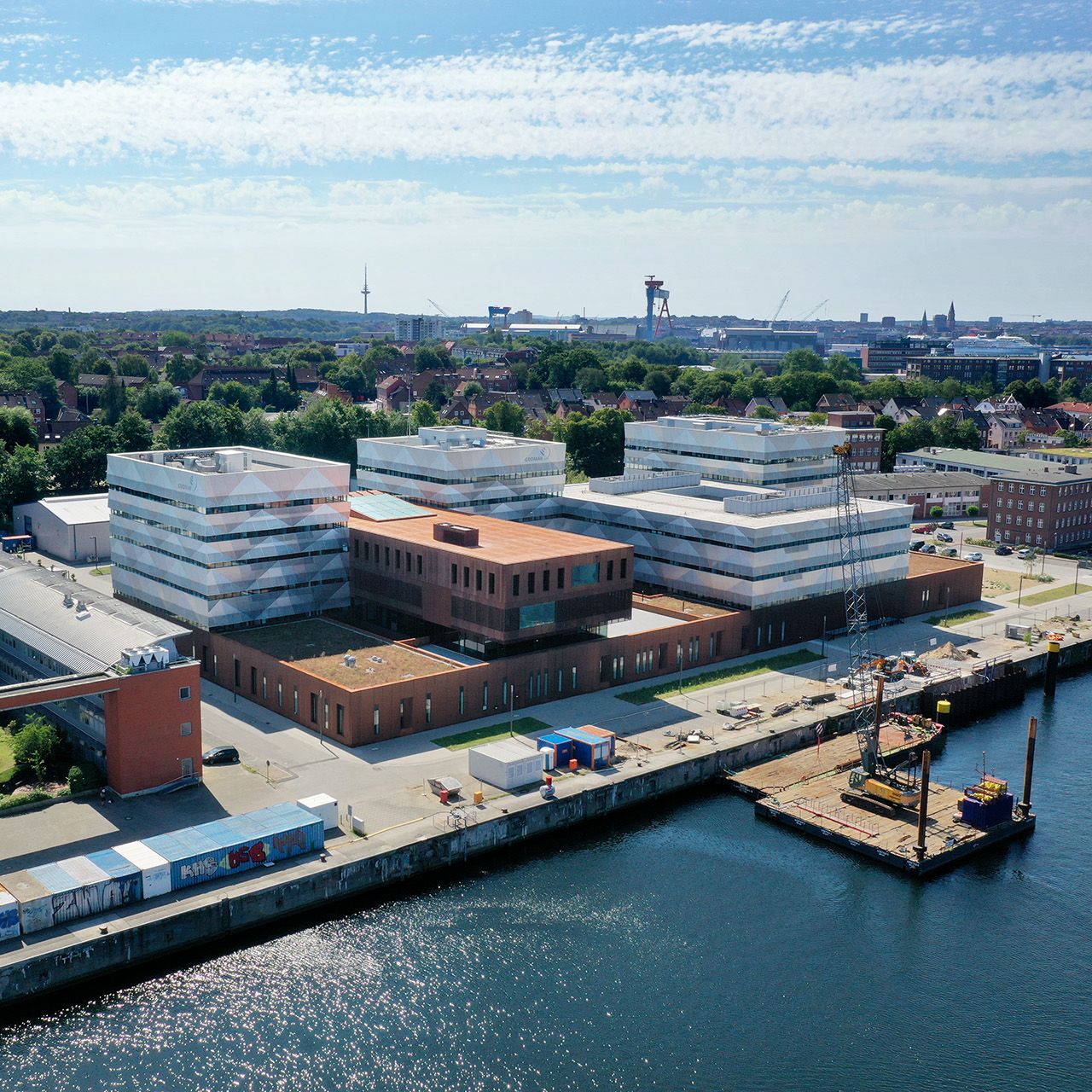
The sites
The sites
Since September 2023, all departments and units of GEOMAR have been united in a modern new building at the Seefischmarkt in Kiel — creating a unique campus for marine science.
GEOMAR also operates two research vessels and uses cutting-edge underwater robots for deep-sea exploration.
The Ocean Science Centre Mindelo (OSCM), located in Mindelo, Cape Verde, is a joint facility of GEOMAR and the Instituto do Mar (IMar). Opened in 2017, it serves as a multipurpose base for long-term observation and field research in the tropical North Atlantic and supports international scientific collaboration.
GEOMAR expertise in the field of Data Science and AI
GEOMAR uses state-of-the-art AI technologies and data-driven methods to analyze oceanographic, climatic, and biological processes. Interdisciplinary teams develop innovative models and algorithms to better understand marine systems.
- AI-based analysis of satellite and oceanographic data
- Automated pattern recognition for marine ecosystems
- Machine learning to improve climate models
- Simulation modeling of ocean currents and coastal dynamics
- Multimodal data integration for environmental change assessment
More than 1,000 employees from over 50 countries work at GEOMAR.
Application
Would you like to conduct research and work at GEOMAR? Then apply now for the HIDA Mobility Program!
Please contact your potential supervisor by email before applying to propose and discuss a research project. Only submit your application after this has been clarified.
You can find more information about the application requirements here.
Note for external applicants:
If you have any questions about application formalities or organizational procedures, please contact your home institution directly.
The Hosts at GEOMAR
Get to know some of the hosts at GEOMAR and learn more about their respective research based on data science.
Please note: The listed hosts represent only a selection of possible supervisors.
You are also welcome to independently contact other potential hosts at the center and coordinate your participation in the HIDA Mobility Program directly with them.
If you have any questions, please send an email to: hida@helmholtz.de
Are you interested in becoming a Helmholtz host yourself and looking for support for your research project?
Then please also contact the above-mentioned email address.
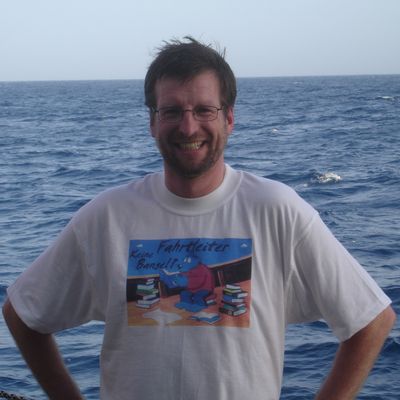
Hermann Bange
Trace Gas Biogeochemistry
Contacts

Short summary of your group's research: My working group is working on the biogeochemical pathways and emissions of climate -relevant trace gases such as N2O, CH4, CO, DMS and NO. Moreover, we run the Boknis Eck Time-Series Station (Eckernförde Bay, SW Baltic Sea) and the MEMENTO (the MarinE MethanE and Nitrous Oxide) database. We are operating worldwide.
What infrastructure, programs and tools are used in your group? - Boknis Eck Time-Series Station (www.bokniseck.de); Boknis Eck underwater observatory
- MEMENTO database (ttps://memento.geomar.de)
- Various research vessels
- Lab based measuerments
What could a participant of the HIDA Trainee Network learn in your group? How could he or she support you in your group? We offer:
- Work with time series data and databases (Boknis Eck, MEMENTO)
To want:
- Someone who to develop and realise new concepts for visualisation/integration/analysis of data sets.
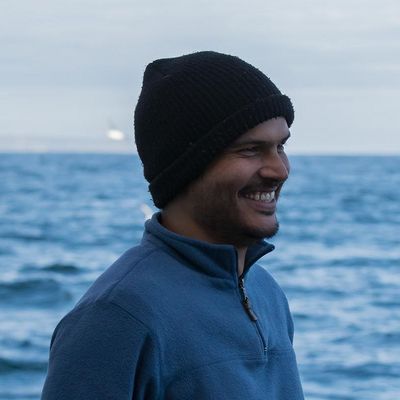
Amir Haroon
Marine Geodynamics
Contacts

Short summary of your group's research: We apply numerous geophysical methods to understand sub-seafloor processes for tectonic, environmental and resource questions. Our expertise involves not only the evaluation of the individual methods / datasets, but has recently evolved into the application of state-of-the-art machine learning workflows to integrate disparate geophysical and geological data on various spatial scales.
What infrastructure, programs and tools are used in your group?
HPC Computing Centres at CAU Kiel
Open-source programms for interpreting Electromagnetic data
Python tools for ML
What could a participant of the HIDA Trainee Network learn in your group? How could he or she support you in your group? We are seeking for guest researchers with various geophysical data (e.g. CSEM, Seismics and Borehole Data) seeking to develop new concepts on integrating these into a consistent subsurface model.
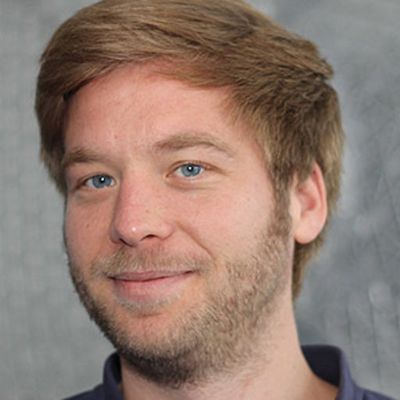
David Nakath
Marine Geosystems
Contacts

Short summary of your group's research: The Oceanic Machine Vision Group at the GEOMAR works on the topic of optical underwater surveys employing artificial intelligence (AI) and classical computer vision approaches. To this end, we seek to enable cameras to serve as faithful measurement instruments and navigation sensors in the deep sea. The latter, visually challenging environment, presents us with a lot of geometric (refraction) and radiometric problems (attenuation, scattering) which we seek to solve.
What infrastructure, programs and tools are used in your group? We normally devise novel approaches writing Python / C++ Code on Linux machines storing it on GIT, potentially in some remote (over ssh) work. If desired, access to GPUs can be provided in addition.
The subsequent evaluation is often conducted on synthetic as well as real data. To this end, we maintain multiple sets of underwater imagery, specifically tailored to the problems we work on. We also have camera-light systems, which can be operated manually, inside a test tank or directly in the Baltic Sea. In addition, they can be attached to AUVs and the like, to capture actual deep sea datasets. Hence, new data can be taken, if necessary.
What could a participant of the HIDA Trainee Network learn in your group? How could he or she support you in your group? The guest can learn about synthesizing visual data or taking real data in controlled conditions in a test tank, or at the actual sea. Furthermore, we can provide deep insights about geometric and radiometric problems typically encountered in underwater scenarios. We have a wide range of topics inter alia covering refraction, color correction, medium estimation, light pose optimization, structure from motion, state estimation and image segmentation/classification. We will approach those problems with the means of classical computer vision but also with neural networks in conjunction with differentiable physical models. Finally, we would be happy if the guest researcher would co-author a research paper and/or contribute to our software.
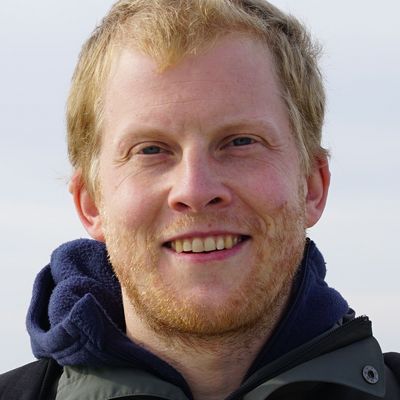
Timm Schoening
Data Science Unit
Contacts

Three-sentence summary of your group's research: The Data Science Unit (DSU) of GEOMAR develops Data Science methods for marine research and applies them together with the researchers to the heterogeneous data of GEOMAR and its partner institutes. The DSU offers support and training on Data Science methods to researchers at GEOMAR. We aim to adress the grand challenges of marine science with data science methods.
What infrastructure, programs and tools are used in your group? We work with all data types relevant to the marine sciences: time series (e.g. in climate research, ecology), grids (e.g. in seafloor mapping, microscopy imagery), cubes (e.g. in ocean current simulation, 4D visualization). Our data products are developed and operated interactively (e.g. Jupyter notebooks) and most of the magic happens in Python. High-performance computing can be conducted on HGF computing ressources, at our compute cluster at Kiel University or on mobile GPU clusters for HPC computing at sea.
What could a guest researcher learn in your group? How could he or she support you in your group? Working with marine science data sets. Detecting and classifiying events in heterogeneous data (time series, grids, data cubes, ...). AI and ML methods. Supervised / unsupervised clustering of data. Integration of AI, simulation, and observation methods and data into Digital Twin frameworks. Working towards solutions for pressing ocean and society challenges.
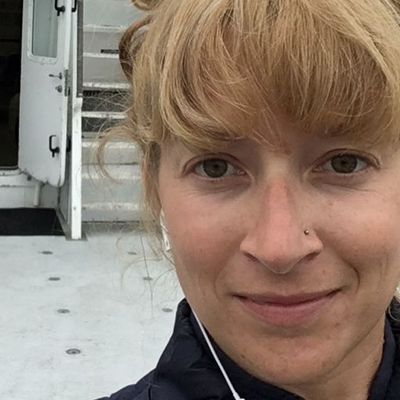
Kristin Bergauer
Microbial Oceanography & Biogeochemistry
Contacts

Three-sentence summary of your group's research: Our laboratory conducts research on single-celled organisms known as bacteria and archaea that have a crucial role in the cycling of (micro)nutrients in both the photic and aphotic regions of the global oceans. Our research in the field of biological oceanography encompasses the integration of marine microbial ecology and biogeochemistry, operating under the overarching framework of physical oceanography. At GEOMAR, our research focuses on investigating microbial B vitamins, ectoenzymes, and the functional capabilities of microorganisms. We employ integrated multi-omics approaches, together with laboratory studies conducted at the Boknis Eck Time-Series Station in the Southwest Baltic Sea and during oceanographic cruises.
What infrastructure, programs and tools are used in your group? State-of-the-art molecular tools are employed in our lab facilities to conduct experiments involving these organisms. These tools include e-DNA analysis, molecular laboratory techniques, flow cytometry, microscopy, and the use of genetically modified organisms (GMOs). Metagenomic, -transcriptomic, and -proteomic analyses generate a vast amount of data, which can be effectively analyzed by leveraging the high-performance computing cluster available at Kiel University. The analysis of Underwater Vision Profiler (UVP) images is presently conducted using the Quantitative Imagery Platform of Villefranche.
What could a guest researcher learn in your group? How could he or she support you in your group? The visiting scientist will have the opportunity to actively participate in ongoing research and gain knowledge regarding the bioinformatic analysis of multi-omic and e-DNA datasets. In summary, this encompasses the implementation of essential software, the development of procedural frameworks, computational methodologies for data-driven microbiology, and the utilization of visualization techniques.


